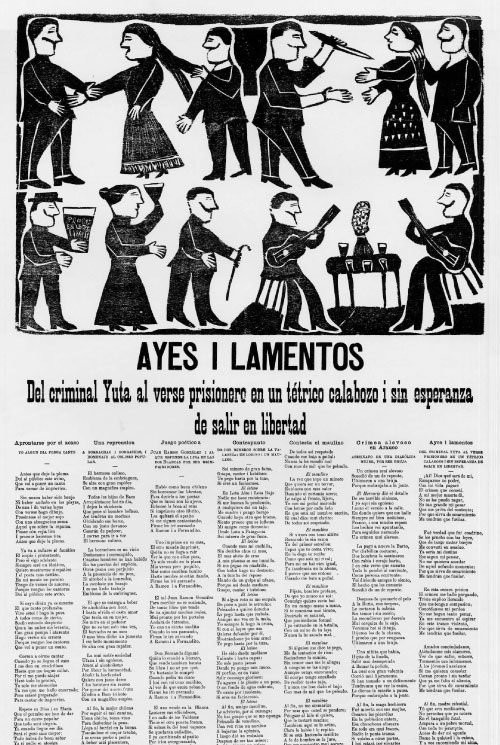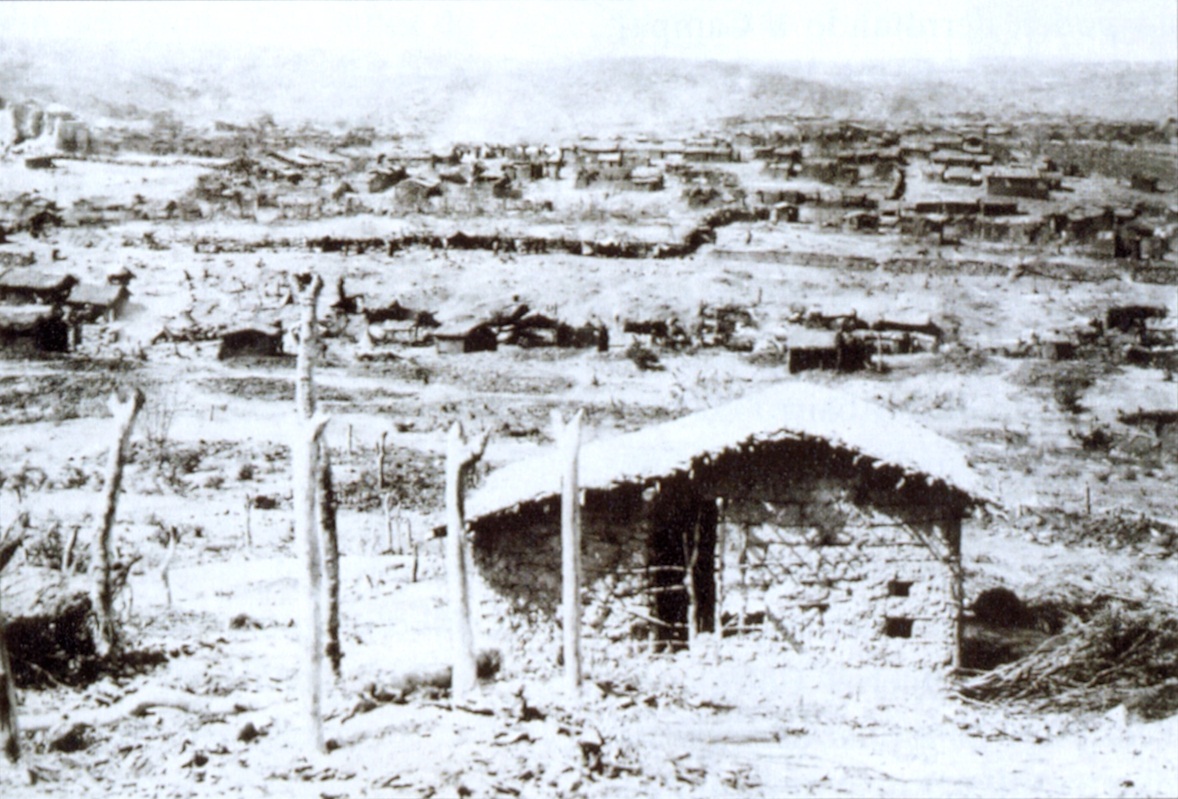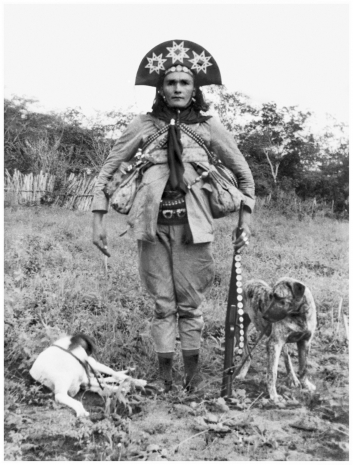|
Cordel Literature
Cordel literature (from the Portuguese term, ''literatura de cordel'', literally "string literature", ) are popular and inexpensively printed booklets or pamphlets containing folk novels, poems and songs. They are produced and sold in street markets and by street vendors in Brazil, mainly in the Northeast. They are so named because they are hung from strings to display them to potential customers, and the word for rope in Portuguese is ''corda'', from which the term ''cordel'' is derived. History Cordel literature forms one of the least altered continuations of the Western traditions of popular literature, such as chapbooks, and popular prints. Its history dates back to the 16th century, when the printing of oral reports became popularized in the Renaissance. This genre derives from the '' papel volante'' tradition of Portugal, a literary genre also found in Spain during the 18th and 19th centuries, and offered readers a wide array of topics, from basic instruction to politic ... [...More Info...] [...Related Items...] OR: [Wikipedia] [Google] [Baidu] |
Book Arts , the process of creating a book
{{disambiguation ...
Book arts may refer to: * Artist's book, a work of art in the form of a book * Book design, the art of designing a book * Book illustration, illustration in a book * Bookbinding Bookbinding is the process of building a book, usually in codex format, from an ordered stack of paper sheets with one's hands and tools, or in modern publishing, by a series of automated processes. Firstly, one binds the sheets of papers alon ... [...More Info...] [...Related Items...] OR: [Wikipedia] [Google] [Baidu] |
Lira Popular
Lira popular (the People's Lyre), also known as string literature, is a style of poetry that emerged in Chile during the late nineteenth and early twentieth centuries. Poets would write and print their works on loose sheets, which were then circulated in urban areas. To promote and share these poems, they were often hung from strings between poles or trees in public spaces. The title "La Lira Popular" was used in 1899 by poet Juan Bautista Peralta on his sheets, and the name came to apply to the whole genre. Many of the authors of these poems were peasants or poets who sought to reflect the voices and perspectives of the people, offering commentary on current events and social issues. Themes Many of the poems in ''Lira popular'' revolve around themes such as poverty, love, violence, murder, life, death, crime, and religion. Poets deliberately selected these subjects to pique the curiosity of readers, while the accompanying illustrations vividly depicted the conditions and circu ... [...More Info...] [...Related Items...] OR: [Wikipedia] [Google] [Baidu] |
Ceará
Ceará (, ) is one of the 26 states of Brazil, located in the Northeast Region, Brazil, northeastern part of the country, on the Atlantic Ocean, Atlantic coast. It is the List of Brazilian states by population, eighth-largest Brazilian State by population and the List of Brazilian states by area, 17th by area. It is also one of the main tourist destinations in Brazil. The List of capitals in Brazil, state capital is the city of Fortaleza, the country's fourth most populous city. The state has 4.3% of the Brazilian population and produces 2.1% of the Brazilian GDP. It is divided into 184 municipalities. Literally, the name ''Ceará'' means "sings the Aratinga, jandaia". According to José de Alencar, one of the most important writers of Brazil and an authority in Tupi Guaraní, ''Ceará'' means turquoise or green waters. The state is best known for its extensive coastline, with of sand. There are also mountains and valleys producing tropical fruits. To the south, on the border o ... [...More Info...] [...Related Items...] OR: [Wikipedia] [Google] [Baidu] |
Paraíba
Paraíba ( , ; ) is a states of Brazil, state of Brazil. It is located in the Brazilian Northeast, and it is bordered by Rio Grande do Norte to the north, Ceará to the west, Pernambuco to the south and the Atlantic Ocean to the east. Paraíba is the third most densely populated state of the Northeast; João Pessoa, Paraíba, João Pessoa, the coastal state capital, and Campina Grande, in the countryside, rank among the fifteen largest Municipalities of Brazil, municipalities in the Northeast of Brazil. The state is home to 1.9% of the Brazilian population and produces 0.9% of the Brazilian GDP and it is divided into 223 municipalities. Paraíba is mostly populated along the Atlantic coast, which extends as far as Ponta do Seixas, the easternmost point of the Americas. The state is a tourist and industrial hotspot; it is known for its cultural heritage, amenable climate and geographical features, ranging from the seaside beaches to the Borborema Plateau. It is named after the Par ... [...More Info...] [...Related Items...] OR: [Wikipedia] [Google] [Baidu] |
Pernambuco
Pernambuco ( , , ) is a States of Brazil, state of Brazil located in the Northeast Region, Brazil, Northeast region of the country. With an estimated population of 9.5 million people as of 2024, it is the List of Brazilian states by population, seventh-most populous state of Brazil and with around 98,067.877 km2, it is the List of Brazilian states by area, 19th-largest in area among federative units of the country. It is also the sixth-most densely populated with around 92.37 people per km2. Its capital and largest city, Recife, is one of the most important economic and urban hubs in the country. Based on 2019 estimates, the Recife metropolitan area, Recife Metropolitan Region is seventh-most populous in the country, and the second-largest in Northeast Region, Brazil, northeastern Brazil. In 2015, the state had 4.4% of the national population and produced 2.8% of the national gross domestic product (GDP). The contemporary state inherits its name from the Captaincy of Pernambuco, ... [...More Info...] [...Related Items...] OR: [Wikipedia] [Google] [Baidu] |
Sertão
The ''sertão'' (, plural ''sertões'') is the " hinterland" or " backcountry" of Brazil. The word refers both to one of the four sub-regions of the Northeast Region of Brazil or the hinterlands of the country in general (similar to the specific association of "outback" with Australia in English). Northeast Brazil is largely covered in a scrubby upland forest called '' caatingas'', from the Tupi language, meaning white forest, since leaves fall during dry season, donning all vegetation, mainly bushes and small trees, now reduced to bare branches and trunks, in its characteristic very light grayish, or off-white, hues. Its borders are not precise. Due to lengthy and unpredictable droughts it is an economically poor region that is well known in Brazilian culture, with a rich history and folklore. The ''sertão'' is also detailed within the famous book of Brazilian literature '' Os Sertões'' (''The Backlands''), which was written by the Brazilian author Euclides da Cunha. Origina ... [...More Info...] [...Related Items...] OR: [Wikipedia] [Google] [Baidu] |
Bahia
Bahia () is one of the 26 Federative units of Brazil, states of Brazil, located in the Northeast Region, Brazil, Northeast Region of the country. It is the fourth-largest Brazilian state by population (after São Paulo (state), São Paulo, Minas Gerais, and Rio de Janeiro (state), Rio de Janeiro) and the 5th-largest by area. Bahia's capital is the city of Salvador, Bahia, Salvador (formerly known as "Cidade do São Salvador da Bahia de Todos os Santos", literally "City of the Holy Savior of the Bay of All the Saints"), on a Spit (landform), spit of land separating the Bay of All Saints from the Atlantic. Once a stronghold of supporters of direct rule of Brazil by the Portuguese monarchy, and dominated by Agriculture in Brazil, agricultural, Slavery in Brazil, slaving, and ranching interests, Bahia is now a predominantly Working class, working-class industrial and agricultural state. The state is home to 7% of the Brazilian population and produces 4.2% of the country's GDP. It is ... [...More Info...] [...Related Items...] OR: [Wikipedia] [Google] [Baidu] |
War Of Canudos
The War of Canudos (, , 1896–1897) was a conflict between the First Brazilian Republic and the residents of Canudos in the Northeast Region, Brazil, northeastern state of Bahia. It was waged in the aftermath of the Lei Áurea, abolition of slavery in Brazil (1888) and the Proclamation of the Republic (Brazil), overthrow of the monarchy (1889). The conflict arose from a Millenarianism, millenarian cult led by Antônio Conselheiro, who began attracting attention around 1874 by preaching spiritual salvation to the poor population of the ''sertão'', a region which suffered from severe droughts. Conselheiro and his followers came into conflict with the local authorities after founding the village of Canudos. The situation soon escalated, with Bahia's government requesting assistance from the Federal government of Brazil, federal government, who sent military expeditions against the settlement. Antônio Conselheiro and his followers were branded as "monarchists" by the press, with ... [...More Info...] [...Related Items...] OR: [Wikipedia] [Google] [Baidu] |
Lampião
"Captain" Virgulino Ferreira da Silva (; 7 June 1897 – 28 July 1938), better known as Lampião (older spelling: ''Lampeão'', , meaning "lantern" or "oil lamp"), was probably the most successful traditional Brazilian bandit leader of the 20th century. The banditry endemic to the Northeast of Brazil was called ''Cangaço''. ''Cangaço'' had origins in the late 19th century but was particularly prevalent in the 1920s and 1930s. Lampião led a band of up to 100 ''cangaceiros'', who occasionally took over small towns and who fought a number of successful actions against paramilitary police when heavily outnumbered. Lampião's exploits and reputation turned him into a folk hero, the Brazilian equivalent of Jesse James or Pancho Villa. His image, as well as that of his partner Maria Bonita, can be seen across the entirety of the Northeast of Brazil. Biography Early life Virgulino was born on June 7, 1897, near the village of Serra Talhada, on his father's 'ranch' named ''Passagem ... [...More Info...] [...Related Items...] OR: [Wikipedia] [Google] [Baidu] |
Cangaço
''Cangaço'' () was a phenomenon of Northeast Brazil in the late 19th and early 20th centuries. This region of Brazil is known for its aridness and hard way of life, and in a form of "social banditry" against the government, many men and women decided to become nomadic bandits, roaming the hinterlands seeking money, food, and revenge. Origin of the word By 1834, the term ''cangaceiro'' was already used to refer to bands of poor peasants who inhabited the northeastern deserts, wearing leather clothing and hats, carrying carbines, revolvers, shotguns, and the long narrow knife known as the . "Cangaceiro" was a pejorative expression, meaning a person who could not adapt himself to the coastal lifestyle. Types of banditry By the mid-19th century in that region, there were two main groups of loosely organized armed outlaws: the '' jagunços'', mercenaries who worked for whoever paid their price, usually land-owners who wanted to protect or expand their territorial limits and also ... [...More Info...] [...Related Items...] OR: [Wikipedia] [Google] [Baidu] |







